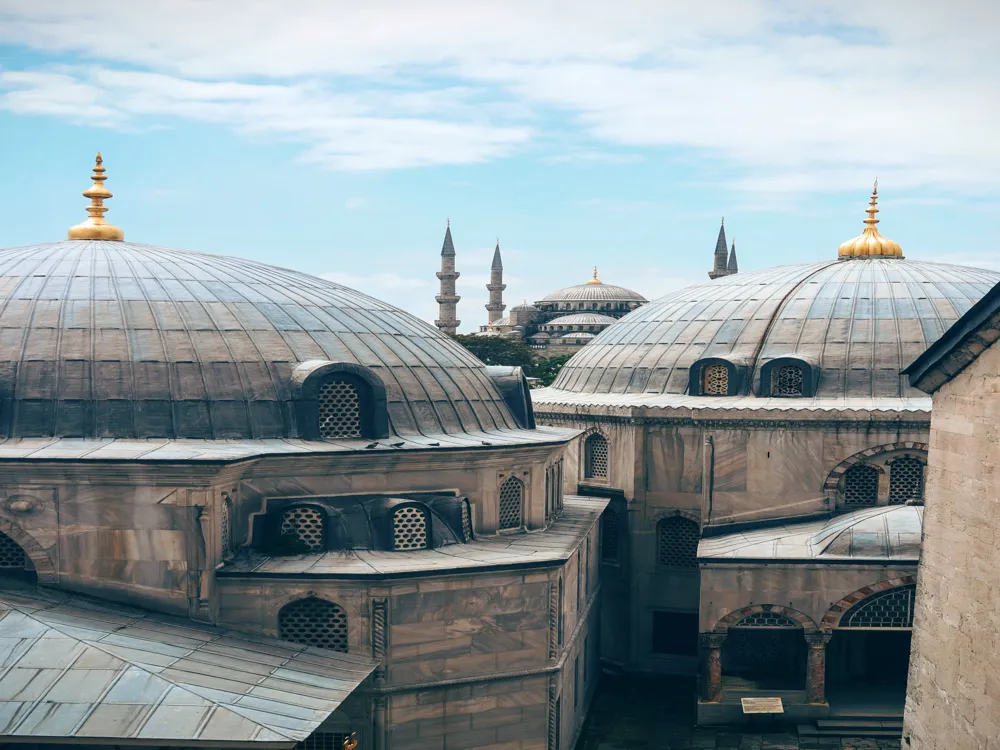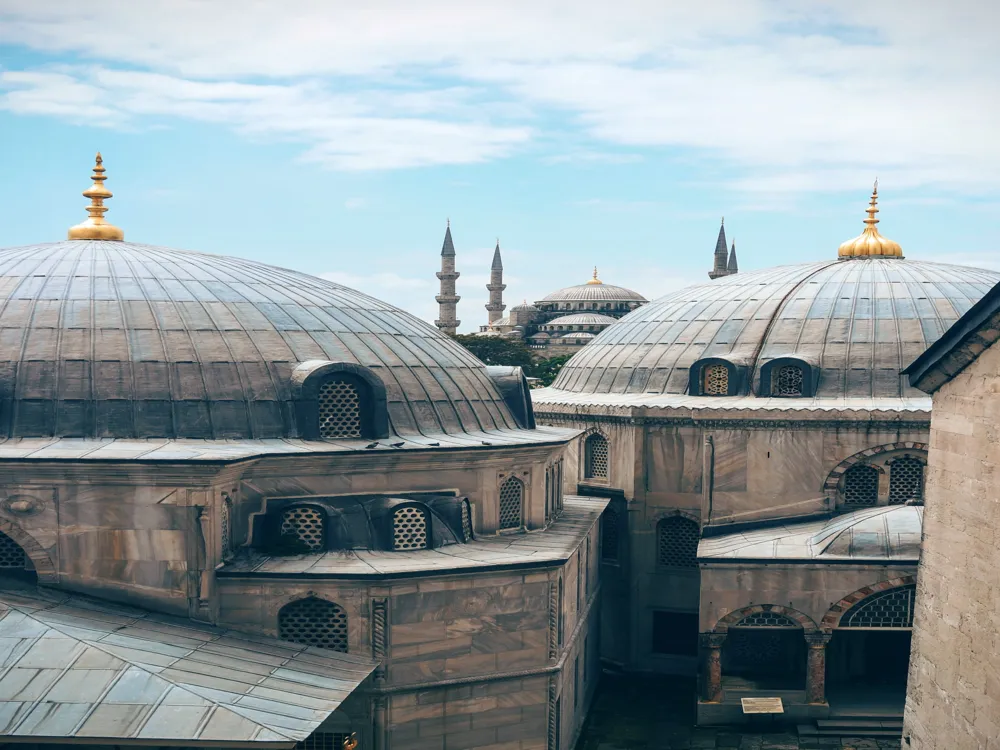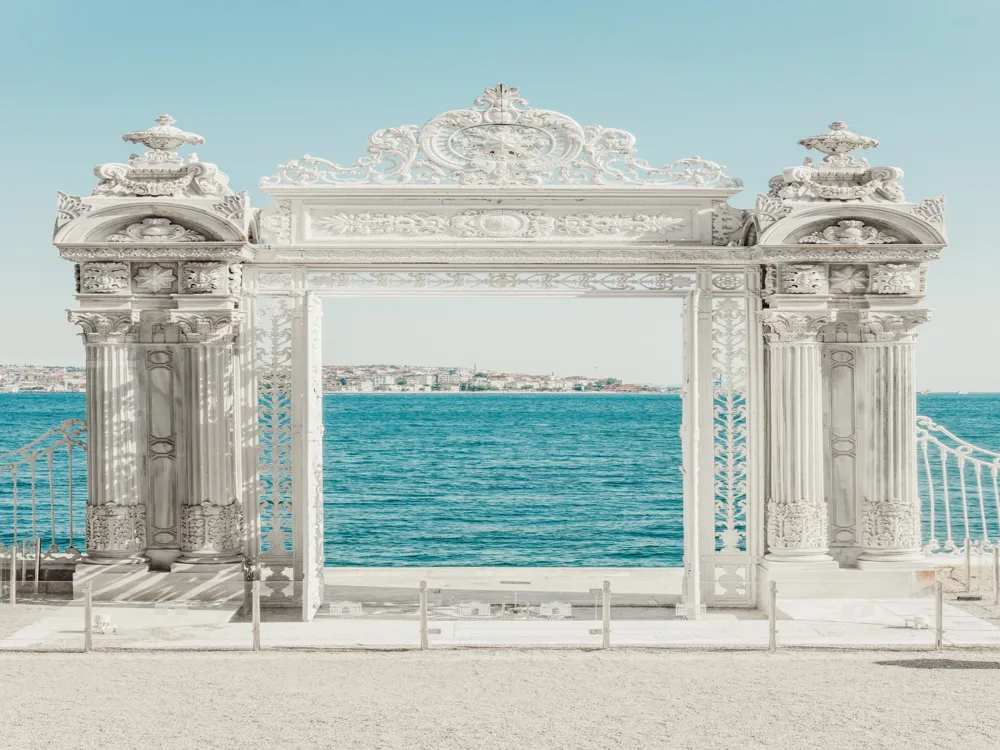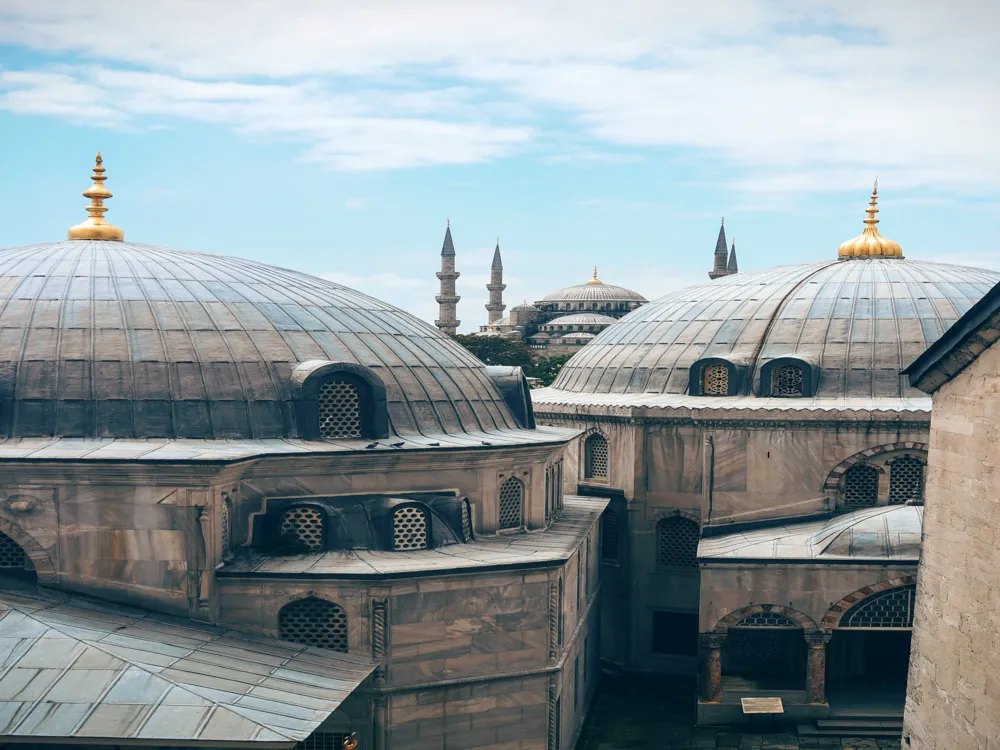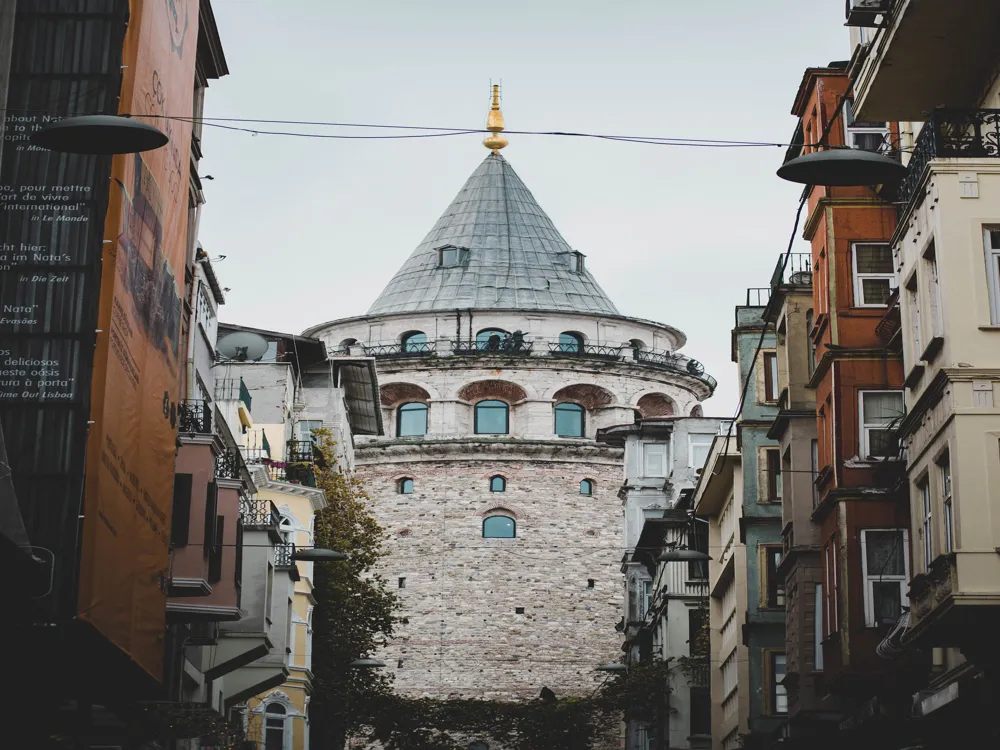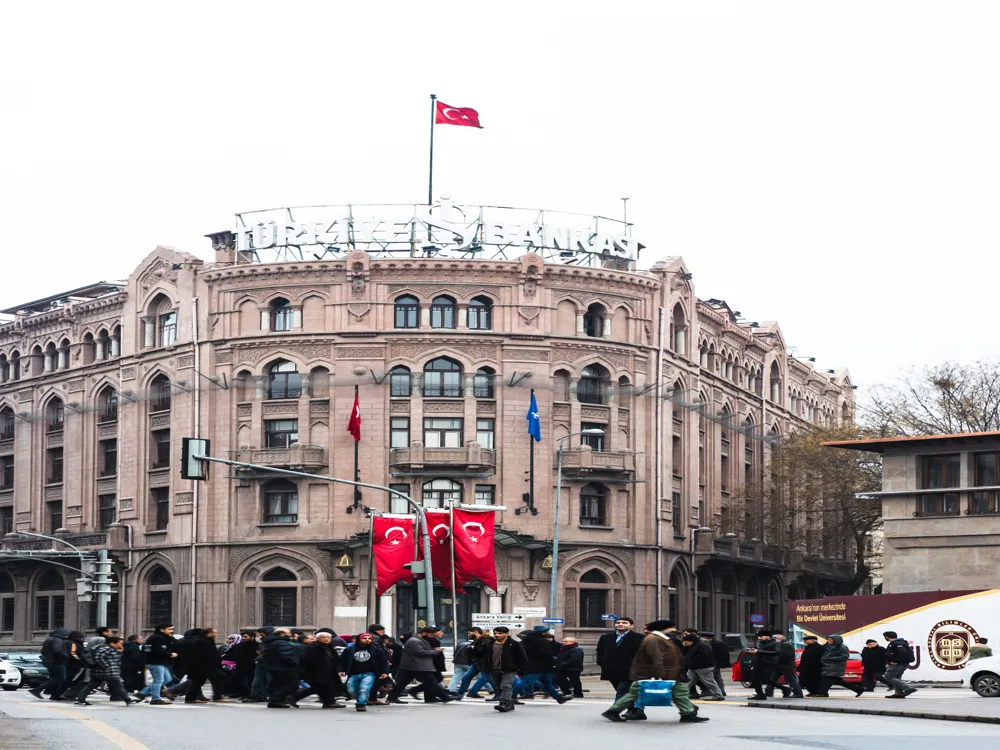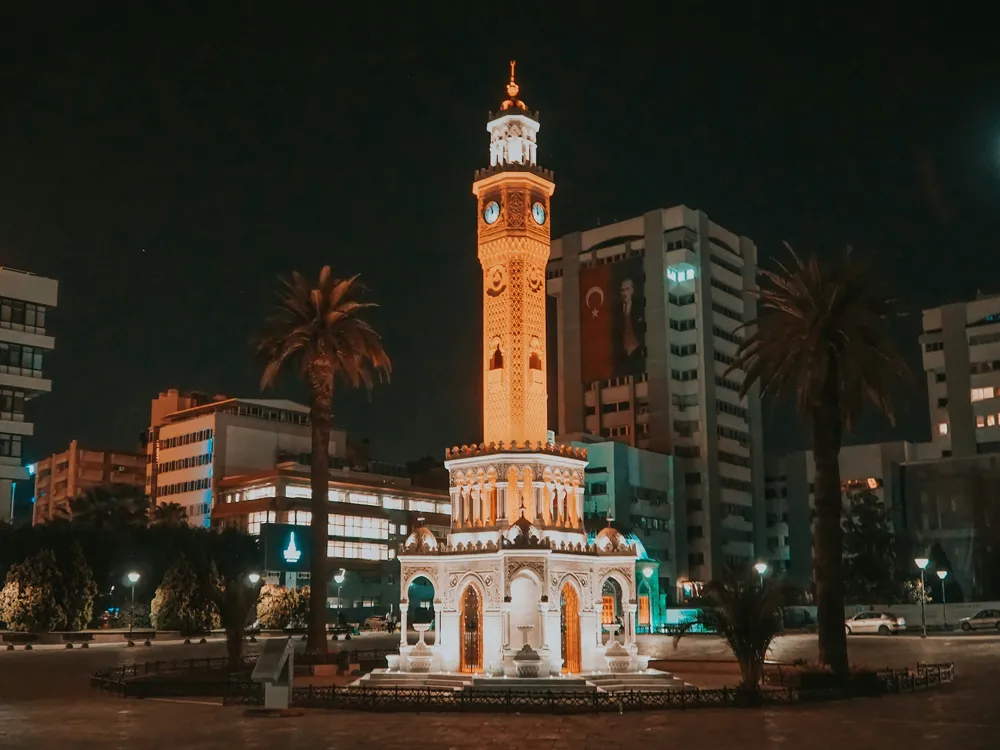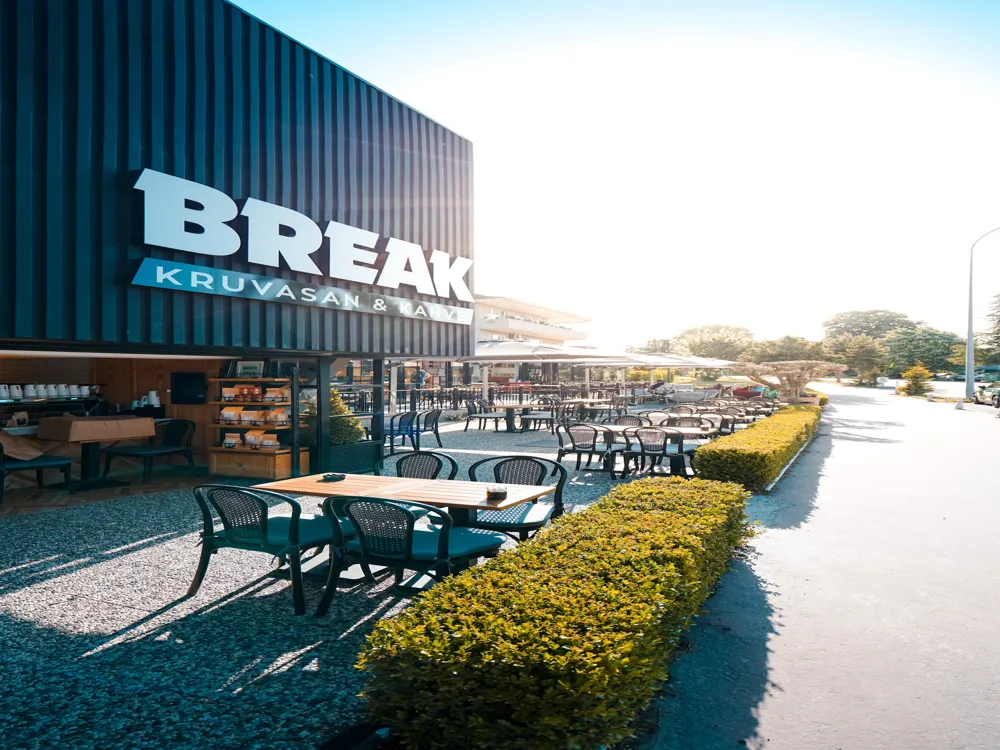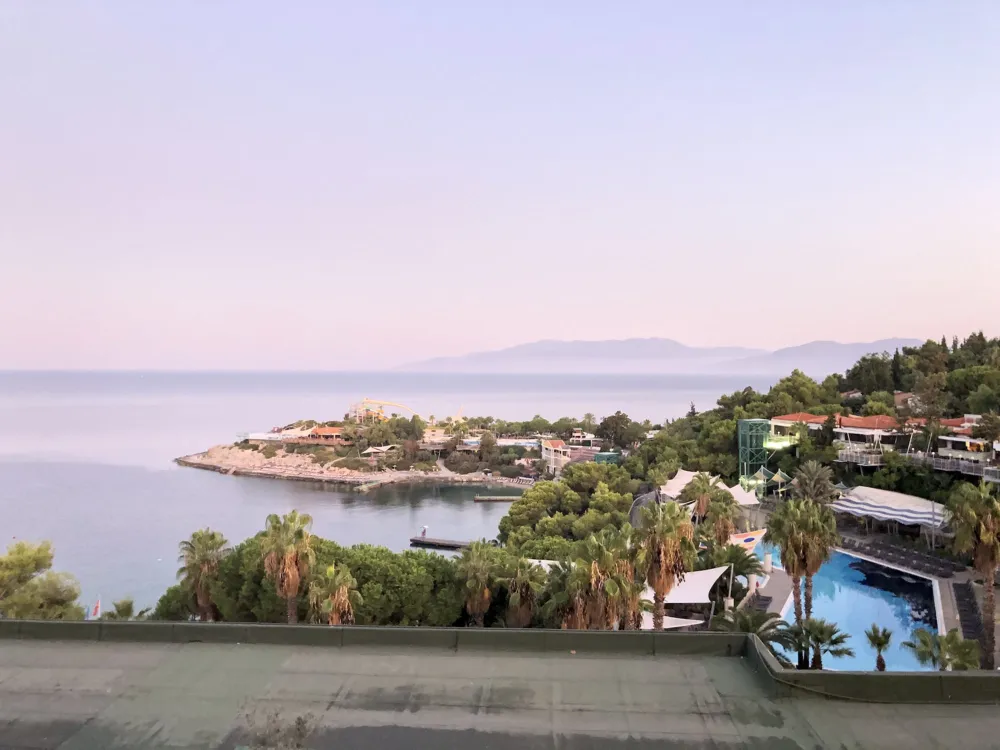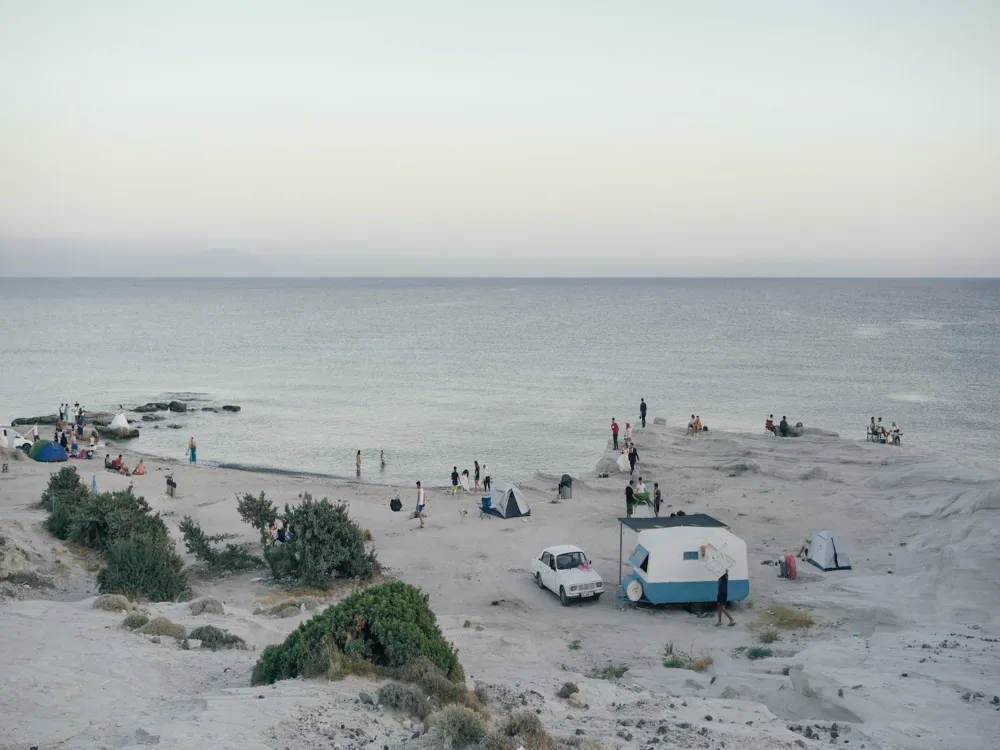The Chora Museum, originally known as the Church of the Holy Saviour in Chora, is a historical gem located in the heart of Istanbul, Turkey. This magnificent structure dates back to the Byzantine era and has undergone various transformations over the centuries. It initially served as a church, then a mosque, and now stands as a museum, attracting visitors from around the world with its rich history and stunning mosaics and frescoes. The museum's origins can be traced back to the 4th century, although the majority of its current structure was built in the 11th century under the guidance of Maria Doukaina, the mother-in-law of Emperor Alexius I Comnenus. The church was later expanded and beautified by Theodore Metochites, a notable statesman and scholar of the Palaiologan period, in the early 14th century. The Chora Museum's architecture and artistic works predominantly reflect the late Byzantine period, showcasing an exquisite blend of history and art. One of the most captivating aspects of the Chora Museum is its intricate mosaics and frescoes, which depict various biblical scenes and figures, including the life of Christ and the Virgin Mary. These masterpieces are not only significant for their religious implications but also for their artistic and historical value. They provide insight into the artistic techniques and cultural context of the Byzantine era. The mosaics and frescoes of the Chora Museum are renowned for their vivid colors, detailed imagery, and the emotional depth they convey, making them a must-see for art enthusiasts and historians alike. Over the centuries, the Chora Museum has witnessed numerous changes, reflecting the turbulent history of Istanbul itself. After the Ottoman conquest of Constantinople in 1453, the church was converted into a mosque, known as the Kariye Mosque. During this conversion, the mosaics and frescoes were covered with plaster due to the Islamic prohibition of figurative imagery. It wasn't until the 1940s that these artworks were rediscovered and restored, leading to the building's conversion into a museum. Today, the Chora Museum stands as a testament to the rich cultural and religious history of Istanbul. It offers a unique glimpse into the past, bridging the gap between two major civilizations - the Byzantine and the Ottoman. The museum not only preserves these invaluable artworks but also serves as a symbol of the city's diverse heritage and its ability to adapt and evolve through time. The architecture of the Chora Museum is a remarkable representation of the Byzantine era's mastery in structural and artistic design. The building itself is a blend of the original church's architecture and subsequent additions and renovations that occurred over centuries, particularly during the 11th and 14th centuries. The complex is composed of the main church, a chapel (parekklesion), a narthex (entrance hall), and a series of other smaller structures. The most striking feature of the Chora's architecture is its series of domes and arches, which are emblematic of Byzantine architectural style. The central dome, supported by four arches, creates an expansive and awe-inspiring interior space. This architectural design not only provides a sense of grandeur but also plays a crucial role in the acoustics and lighting of the interior, enhancing the spiritual and mystical atmosphere within the museum. Another significant aspect of the Chora's architecture is its mosaics and frescoes, which are seamlessly integrated into the building's structure. The placement of these artworks is thoughtfully designed to complement the architectural elements, with mosaics adorning the domes, ceilings, and arches, and frescoes covering the walls. The intricate details and the harmony between the architecture and the artworks demonstrate the sophisticated level of artistry and craftsmanship achieved during the Byzantine period. The exterior of the Chora Museum is equally impressive, with its intricate stone and brickwork patterns. The building's facade reflects a blend of Byzantine and Ottoman architectural elements, showcasing the historical transitions the structure has undergone. The exterior walls are adorned with a variety of decorative motifs and inscriptions, adding to the building's historical and aesthetic value. In addition to its architectural beauty, the Chora Museum's location in the Edirnekapı neighborhood of Istanbul adds to its charm. Situated amidst the historic walls of Constantinople, the museum offers a picturesque view of the old city, making it not just a destination for art and history enthusiasts but also for those seeking a serene and contemplative experience. The best time to visit the Chora Museum is during the early morning or late afternoon, particularly on weekdays, to avoid the crowds. The museum's lighting is at its best during these times, enhancing the visibility and color of the mosaics and frescoes. Visitors should dress modestly as the Chora Museum is a former religious site. It's advisable to wear clothing that covers shoulders and knees. Also, maintaining a respectful silence inside the museum is appreciated, as it is a place of historical and cultural significance. Opting for a guided tour can greatly enhance your experience at the Chora Museum. Knowledgeable guides provide insightful information about the history, architecture, and art of the museum that you might otherwise miss. Photography is generally allowed inside the Chora Museum, but flash photography is prohibited to protect the delicate frescoes and mosaics. Be sure to check for any specific photography rules upon entering. The Chora Museum is accessible for visitors with mobility issues. However, due to the historic nature of the building, some areas may be less accessible. It's advisable to check in advance for any specific accessibility arrangements. The Chora Museum is located in the Edirnekapı neighborhood of Istanbul, and is accessible via various modes of transportation. Visitors can reach the museum by tram, getting off at the Edirnekapı stop, and then taking a short walk. Alternatively, buses are available that stop near the museum. For those preferring a more personal mode of transport, taxis are readily available throughout Istanbul. Visitors should be aware that parking in the area is limited, so public transportation is often a more convenient option. Read More:Overview of Chora Museum, Istanbul
Architecture of Chora Museum
Tips When Visiting Chora Museum
Best Time to Visit
Dress Code and Etiquette
Guided Tours
Photography Rules
Accessibility
How To Reach Chora Museum
Chora Museum
Istanbul
₹ 27,999 onwards
View istanbul Packages
Weather :
Tags : Museum
Planning a Trip? Ask Your Question
Also Refered As:
Kariye Museum
Istanbul Travel Packages
View All Packages For Istanbul
Top Hotel Collections for Istanbul

Private Pool

Luxury Hotels

5-Star Hotels

Pet Friendly
Top Hotels Near Istanbul
Other Top Ranking Places In Istanbul
View All Places To Visit In istanbul
View istanbul Packages
Weather :
Tags : Museum
Planning a Trip? Ask Your Question
Also Refered As:
Kariye Museum
Istanbul Travel Packages
View All Packages For Istanbul
Top Hotel Collections for Istanbul

Private Pool

Luxury Hotels

5-Star Hotels

Pet Friendly







